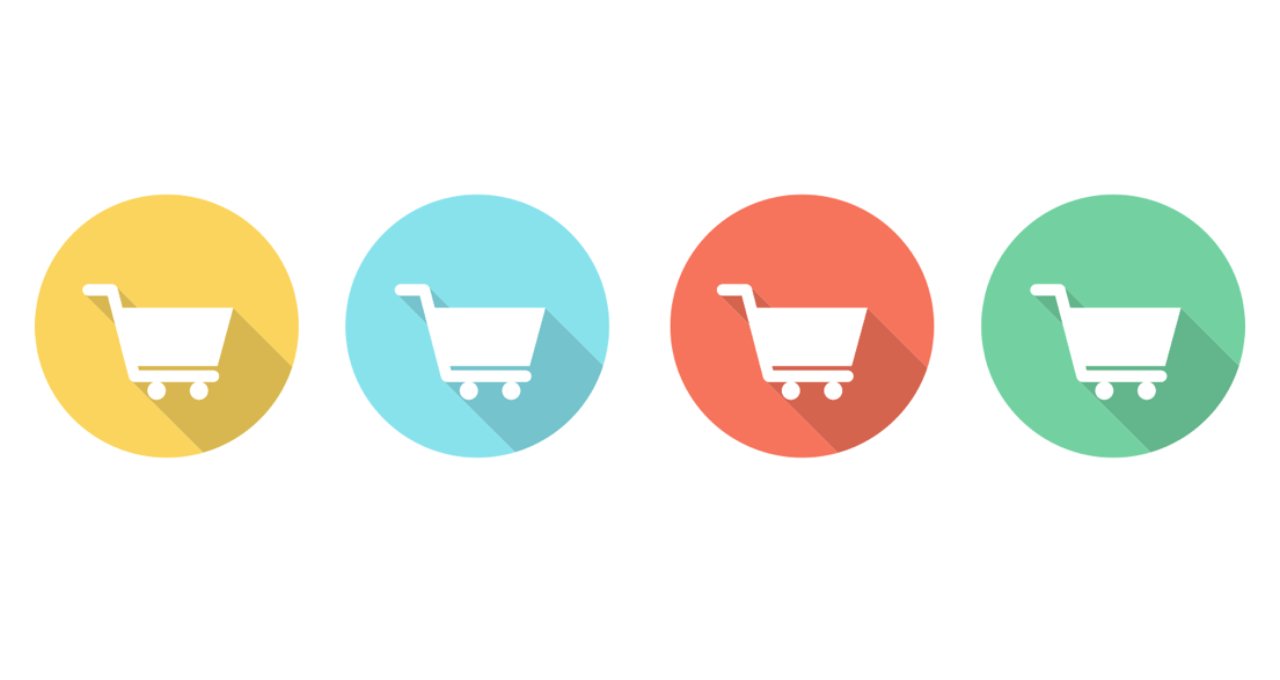To drive traffic to your website—and convert visits into sales—a community can be much more effective than conventional internet advertising, our data shows.
Surprised? After all, Google and Facebook ads are big business. Last year, Google generated more than $19 billion in profit, and Facebook more than $10 billion, on the strength of their advertising operations.

If anything, these two companies are only gaining ground in the digital marketing space. According to Pivotal Research, they accounted for 99 percent of the growth in the online advertising industry in 2016.
But research we’ve conducted with a leading telco shows that a community can be an even more powerful driver of conversion than social channels. Over a time period we studied, that community traffic to shop pages converted 4 times more than social traffic.

What makes community such a success? It comes down to three elements.
Person-to-person connections
Online ads might offer better targeting than print or radio ads. Yet, like those formats of days past, they’re completely one-directional.
An ad’s only goal is to get you, the consumer, to take some kind of action. That’s why they need to be eye-catching: If the advertiser doesn’t grab your attention in the moment, you’re simply going to move on with your life.
Communities differ from ads in this respect because of the human-to-human interactivity they offer. The whole purpose of a community is to encourage conversation—which means people browsing a community are reading, conversing, and learning in a way that clicking an ad can’t match.
This focus on conversation greatly enhances the user experience. We see this repeatedly in satisfaction surveys: It’s not uncommon for community members to report double-digit increases in NPS, compared to non-members.
Comprehensive Q&A
Search and social ads try their best to generate clicks, with limited success. The click-through rate for search ads is about 2 percent.
What’s missing from ads is compelling information that moves the consumer closer to a purchase. Only if a person happens to be interested in the ad’s message will they click—and as that low CTR suggests, that doesn’t happen often.
Communities, by contrast, offer a rich knowledge base of user-generated questions and answers. Branded communities, unlike the forums that have been around since the web’s earliest days, also feature brand representatives who can verify answers and moderate content. Active moderation can greatly boost engagement, especially when communities are integrated into a brand’s e-commerce funnel.
A good example of Q&A facilitating sales is Sonos’ community, where users help each other make informed purchase decisions. We talk about this in detail here.
Branding and design
Yet another benefit to a community is that it lives behind your domain. This not only results in improved SEO—thanks to the steady stream of user-generated content that a community produces—but a better, more cohesive user experience than non-owned platforms can offer.
No two inSided communities look the same, because our customers make an effort to implement unique designs that match their branding guidelines. Some of the best-looking (so far) are Tuenti’s and Albert Heijn’s.
The advantages of branding go beyond visual appeal. A great design increases pageviews and time-on-site, especially when there’s a lot of compelling content on offer. That helps increase user confidence in what you’re offering, helping move visitors towards a purchase.


